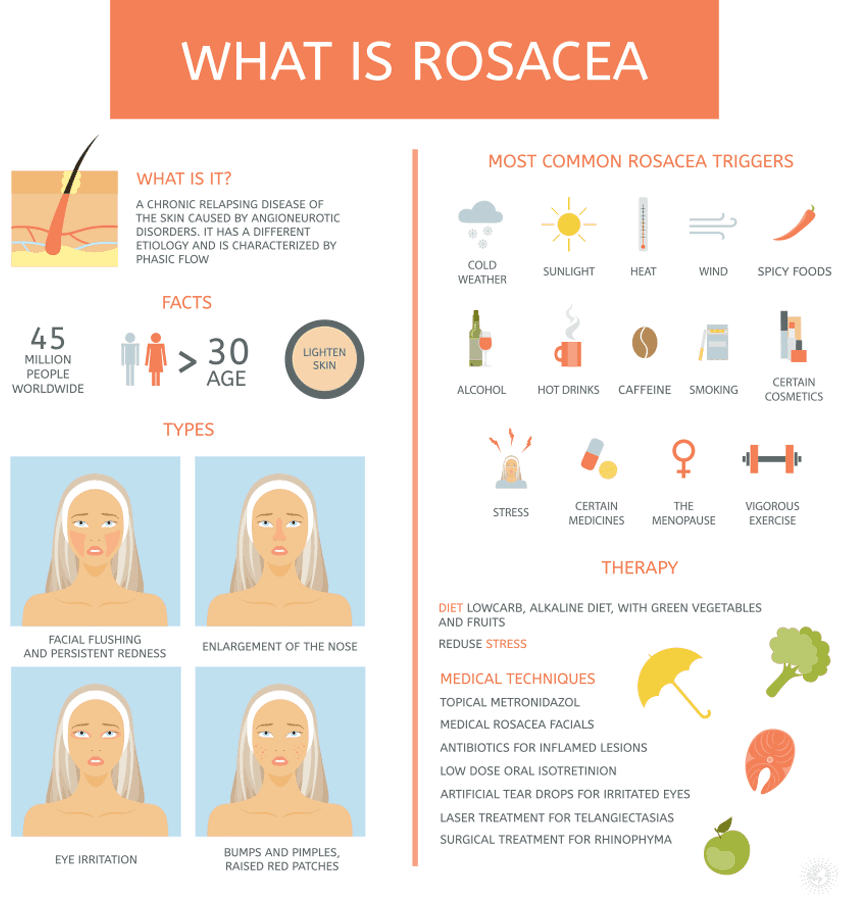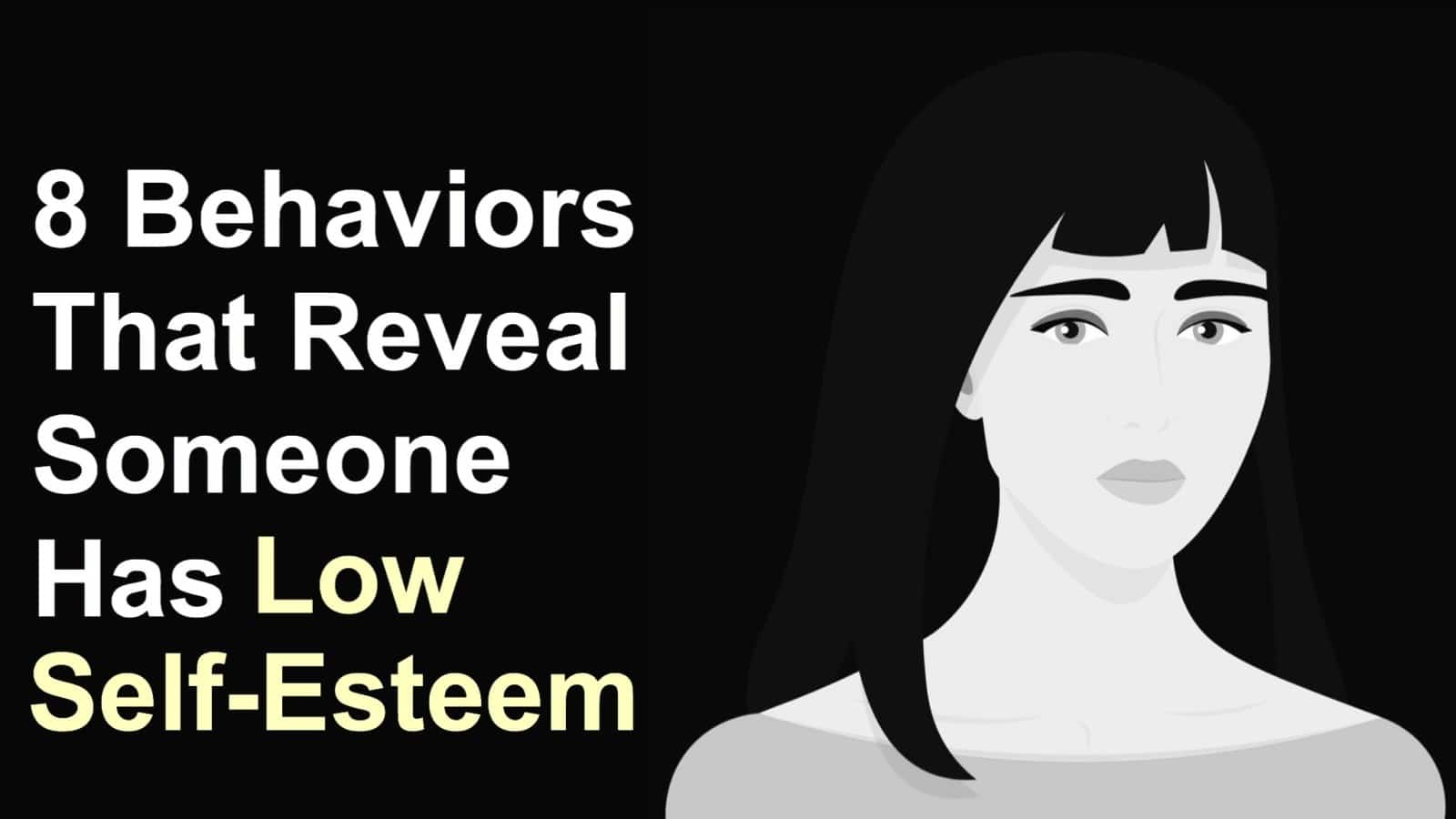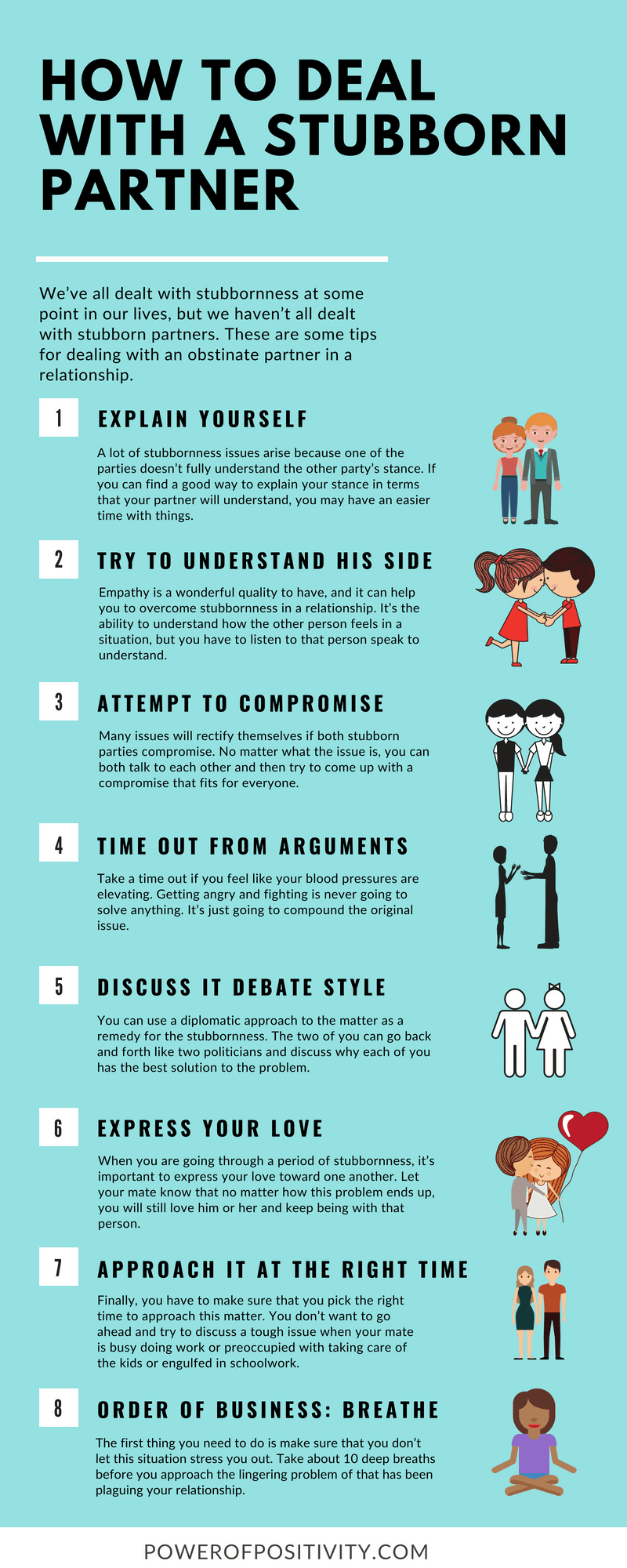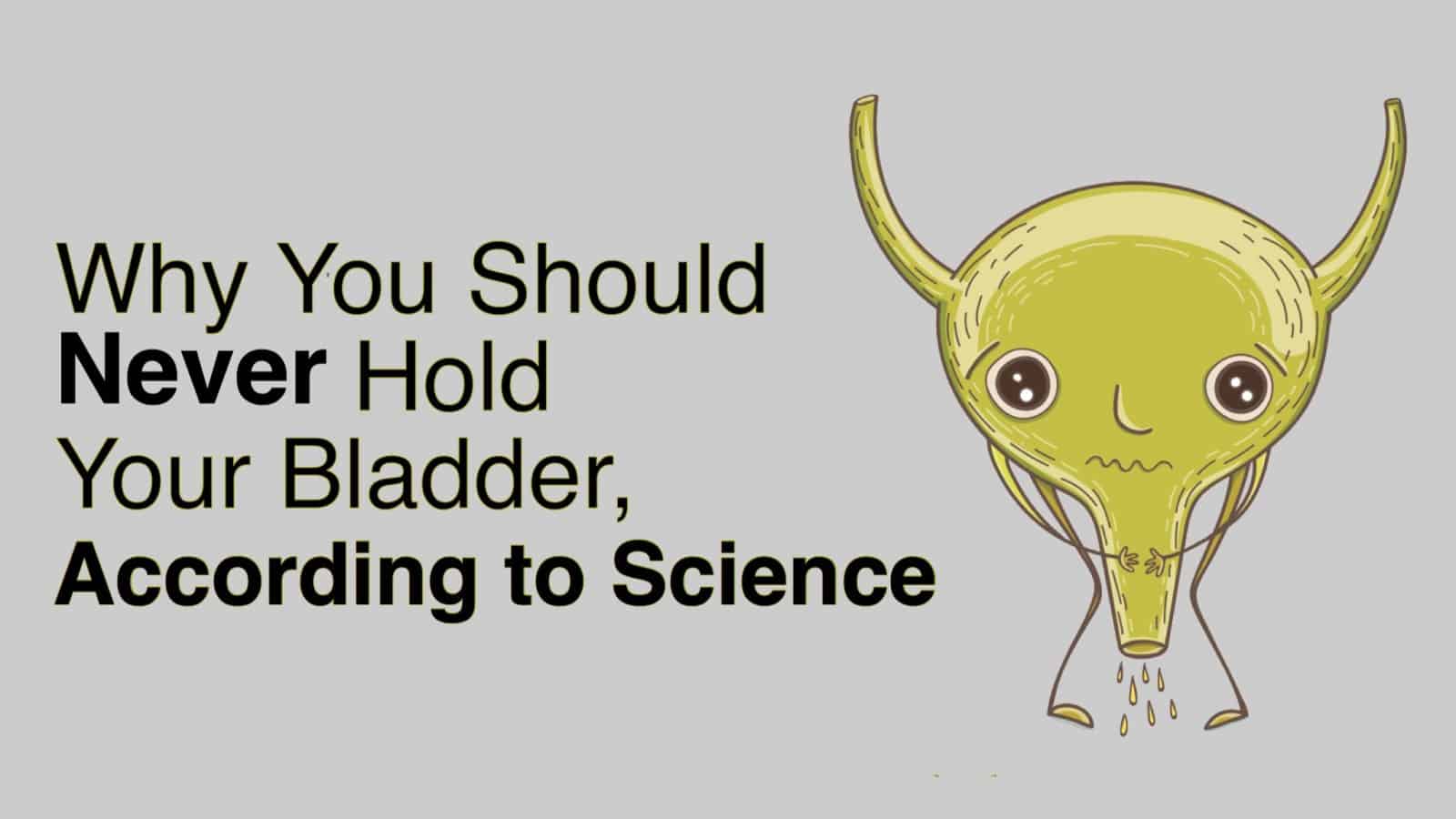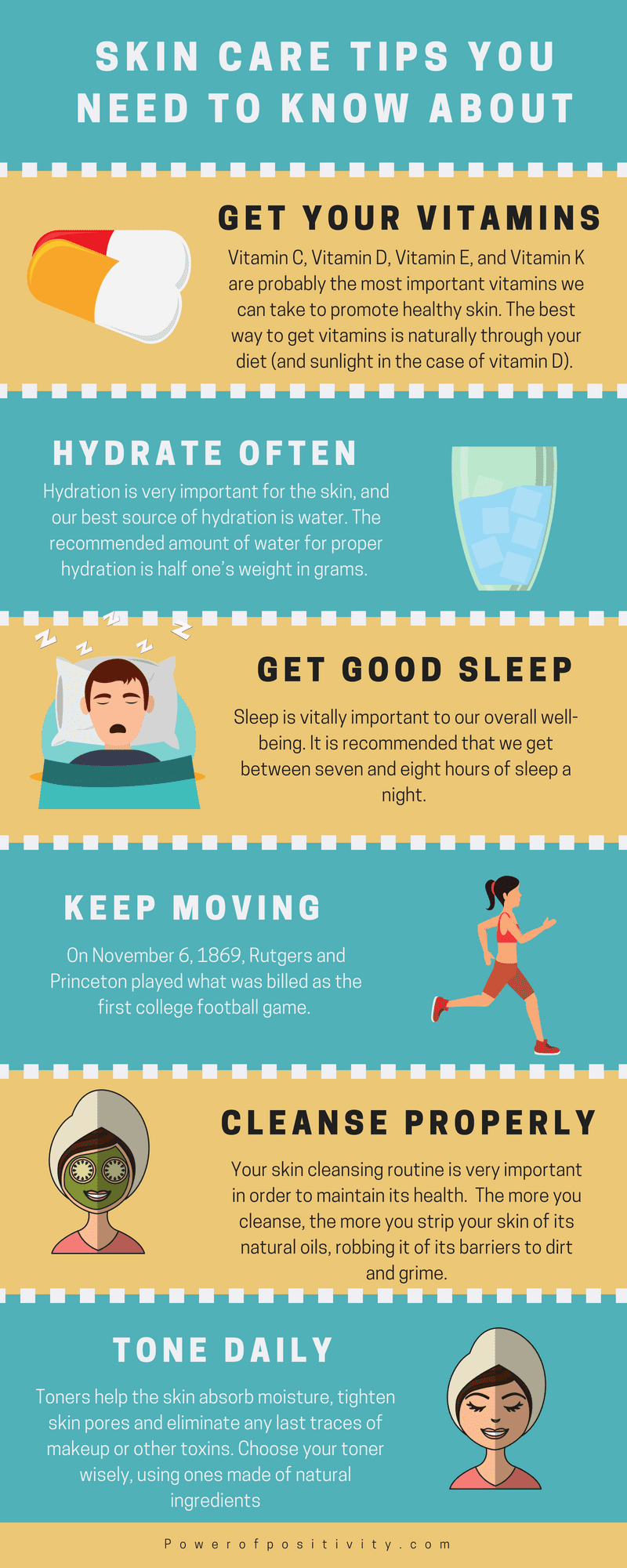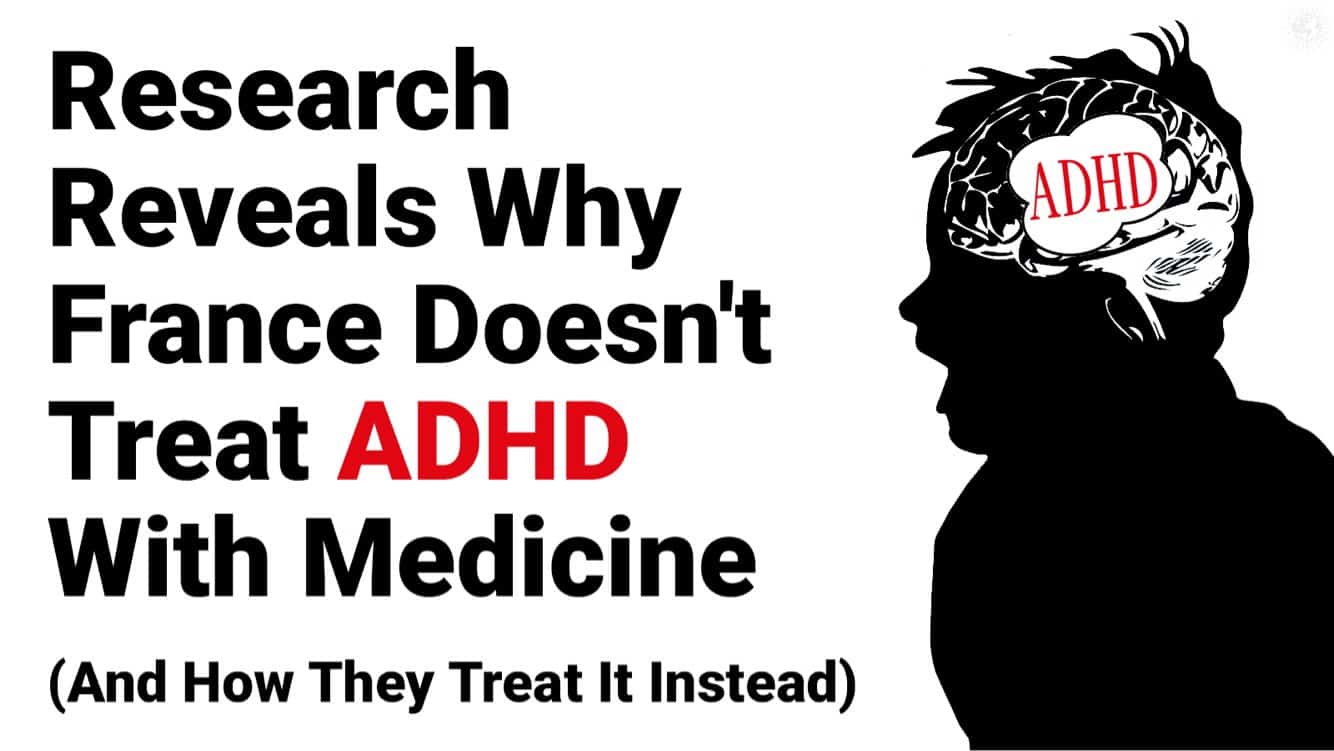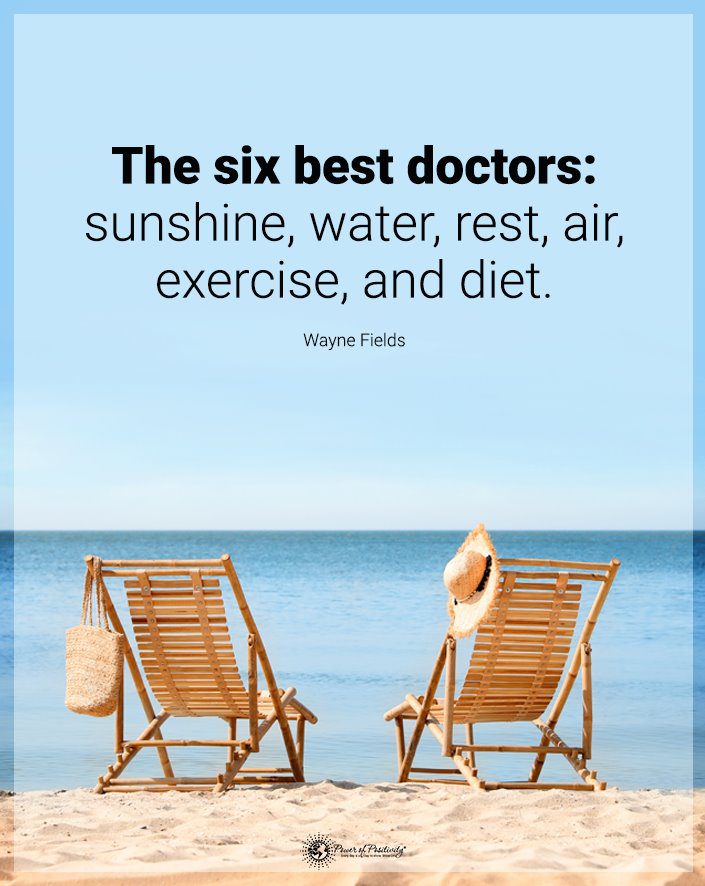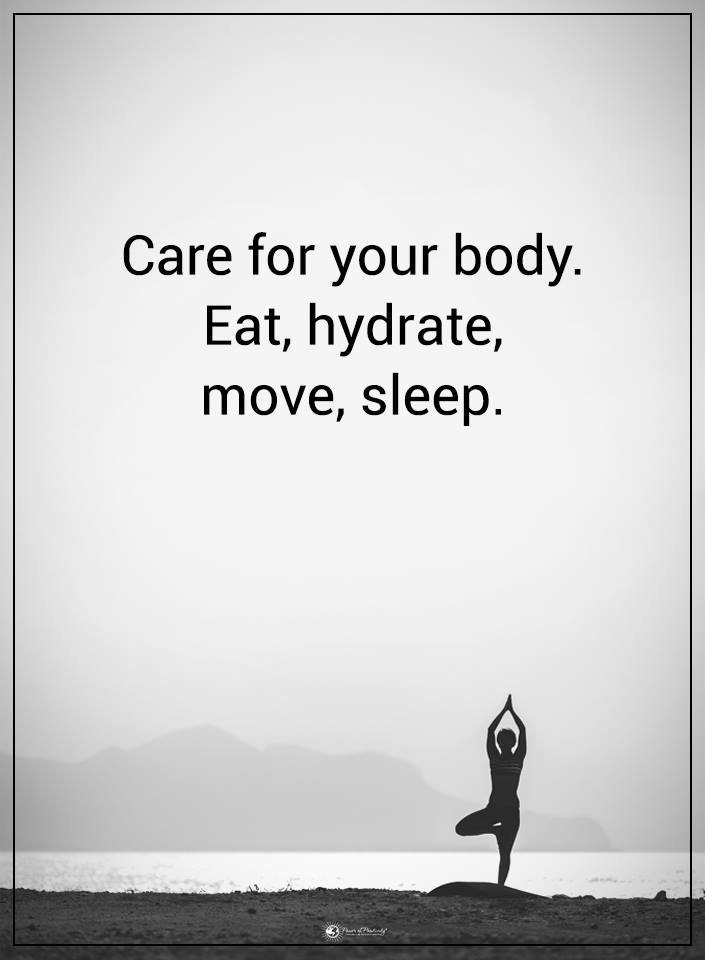Many people don’t even know what rosacea is.
According to rosacea.org, in an NRS survey, 47 of almost 1,500 patients didn’t know what rosacea was before they were diagnosed. Rosacea is a skin condition that gives the skin an appearance of a blush or burn.
It can begin as a simple flush, but can last for long periods of time and, over time, develop bumps under the skin. It can also cause an itching, burning sensation and expose blood vessels. Thankfully, early warning signs of rosacea can help reveal the underlying cause so treatment can be sought out.
Here Are 5 Warning Signs of Rosacea
1. Small bumps on the face
In the beginning, many patients who suffer from rosacea develop small, pimple-like bumps on their face. These can often be mistaken for acne. As such, most patients and doctors overlook them in the beginning. However, if you’re past puberty and don’t have a history of acne, you might want to pay attention to what your face is telling you. These bumps will often feel warm to the touch, which is different from run-of-the-mill acne.
2. Flushed face
One of the biggest warning signs of rosacea is having a flushed face. It’s almost like blushing, but it comes on with no warning. Unlike a red face after a workout, rosacea flushing will happen anywhere, at any time. It usually comes on slowly, yet fades quickly. The skin will feel extremely feverish to the touch, and the redness can stay for ten minutes or longer before it begins to fade.
3. Red, swollen nose
Rosacea can cause swelling of the nose that might look similar to a severe sunburn, along with dry skin. If you’re not prone to being out in the sun for long, or don’t generally suffer from sunburns, rosacea might be the cause. The nose can grow red and swollen, with hard skin forming. The nose can also grow to look bulbous, so pay attention to this warning sign.
4. Inflamed blood vessels in the face
Inflamed facial blood vessels is one of the earliest warning signs of rosacea, even before a flushed face or bumps under the skin. In the beginning, the blood vessels might be barely detectable underneath your skin. Over time, however, they can become inflamed, or raised up. Rosacea is almost always the cause of this symptom, so it’s important to take notice if this happens.
Swollen face
Swelling is never a good sign, and it can be a symptom of several issues. However, combined with redness, bumps, inflamed blood vessels, and hard skin around the cheeks and nose, a swollen face is one of the early signs of rosacea. The skin will get swollen, inflamed, and flushed. If your face has recently begun to swell up, as well as become hot and tender, you probably want to see a doctor about rosacea treatment.
Here Are 3 Ways to Treat Rosacea
Knowing the warning signs is important, but how does one treat rosacea? First, you’ll want to go to your doctor to get a proper diagnosis. After that, there are several ways that rosacea can be treated and relief can be found.
1. Topical medication
Doctors will often want to try a topical medication first (although medication is not the only route). They will tell you to apply these medications to the skin twice daily in order to control the redness and inflammation underneath the skin. Topical medications are very effective and can help control rosacea flare-ups and minimize the symptoms.
2. Laser treatments
For more severe cases of rosacea, “light pulse,” or laser treatments, can help control the redness and blood vessels in the face. While laser treatments can be uncomfortable, they do wonders to help improve the redness, complexion, and appearance of skin affected by rosacea, without medications that can affect you in other ways.
3. Sunscreen
The American Academy of Dermatology recommends sun protection whenever possible for those who suffer from rosacea. While using sunscreen isn’t the end-all-be-all treatment for rosacea, it can greatly help control flare-ups and keep the skin safe from the UV rays that can trigger the condition. Most people who suffer from rosacea have fair skin, so it’s important to keep that skin safe from harm. Applying daily sunscreen is usually recommended to reduce the redness and chances of flushing.

